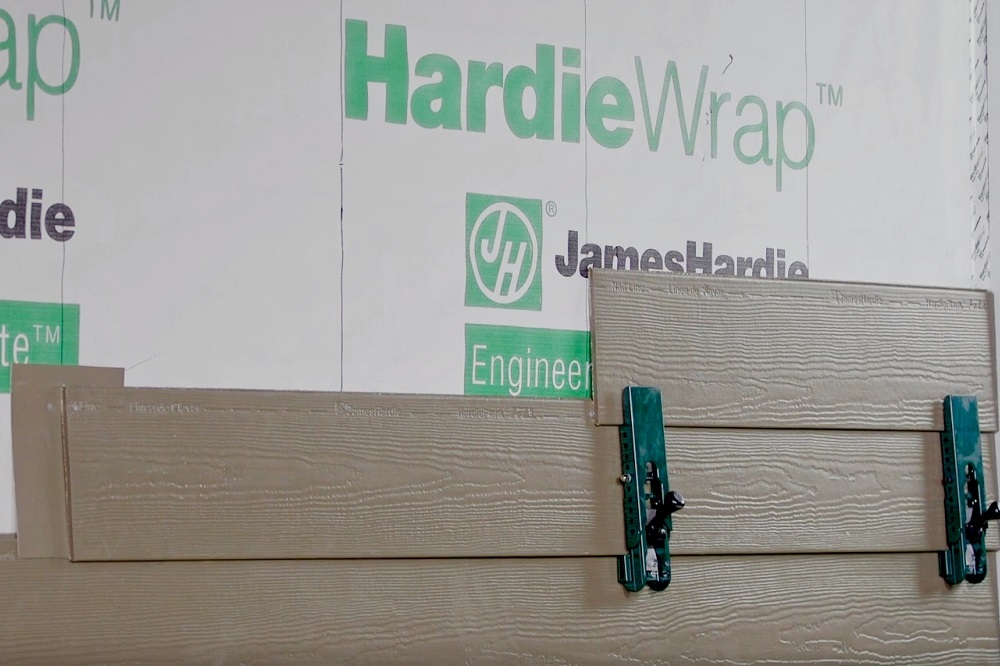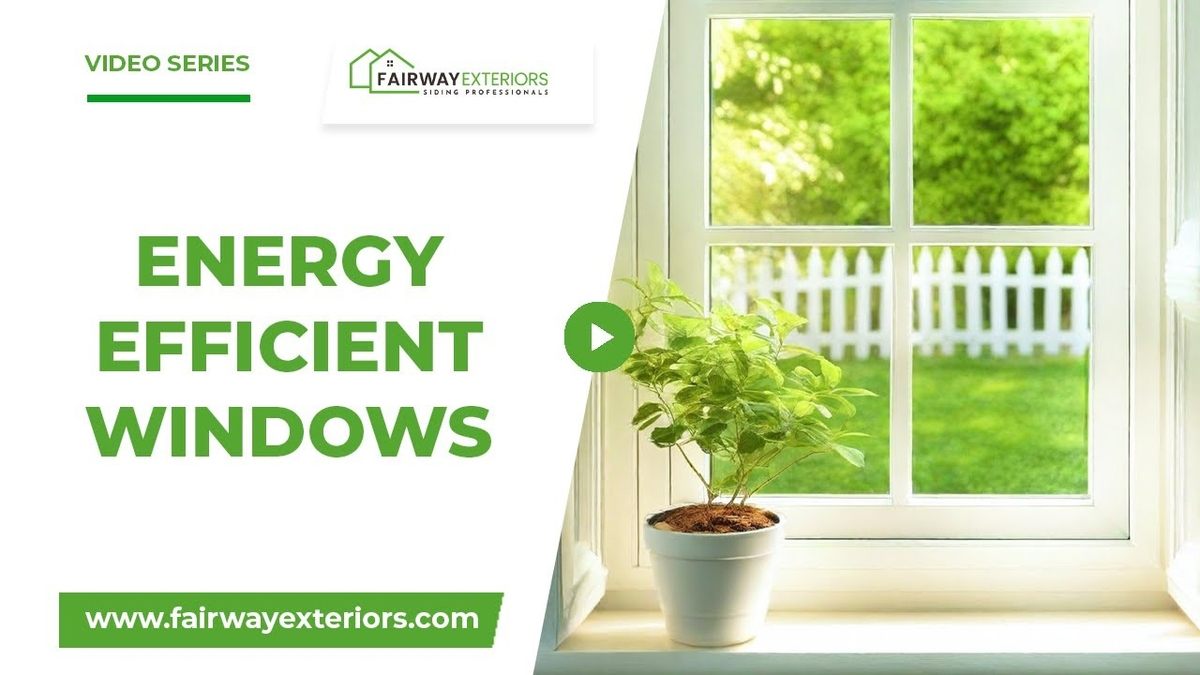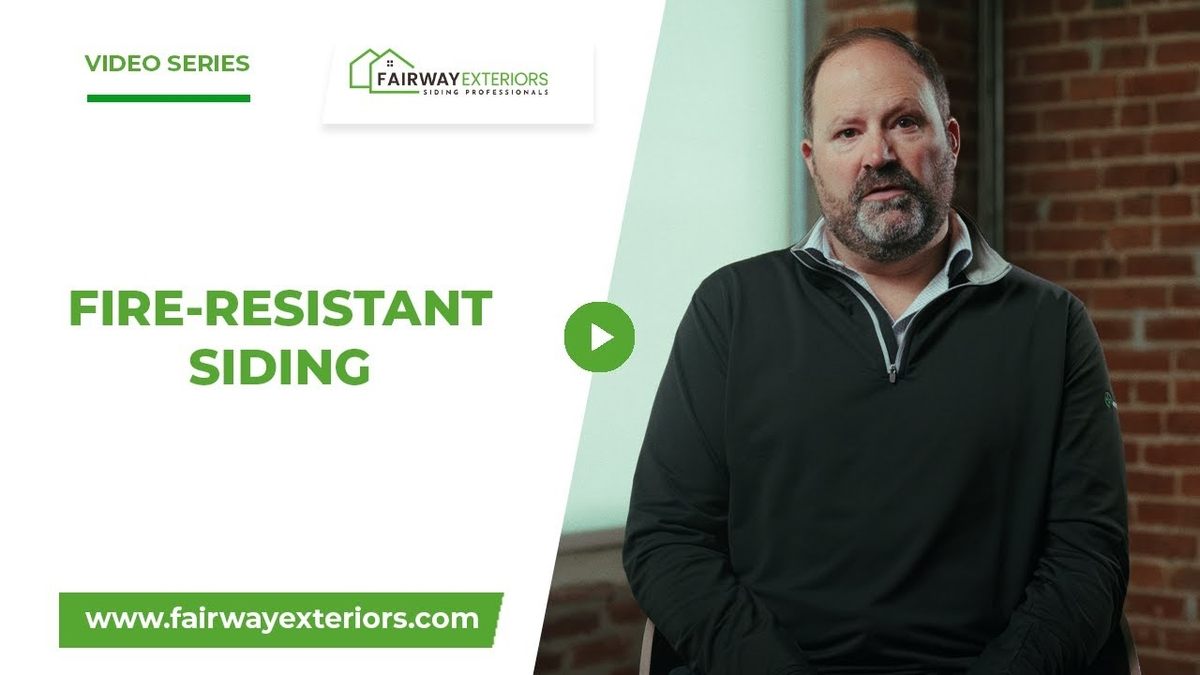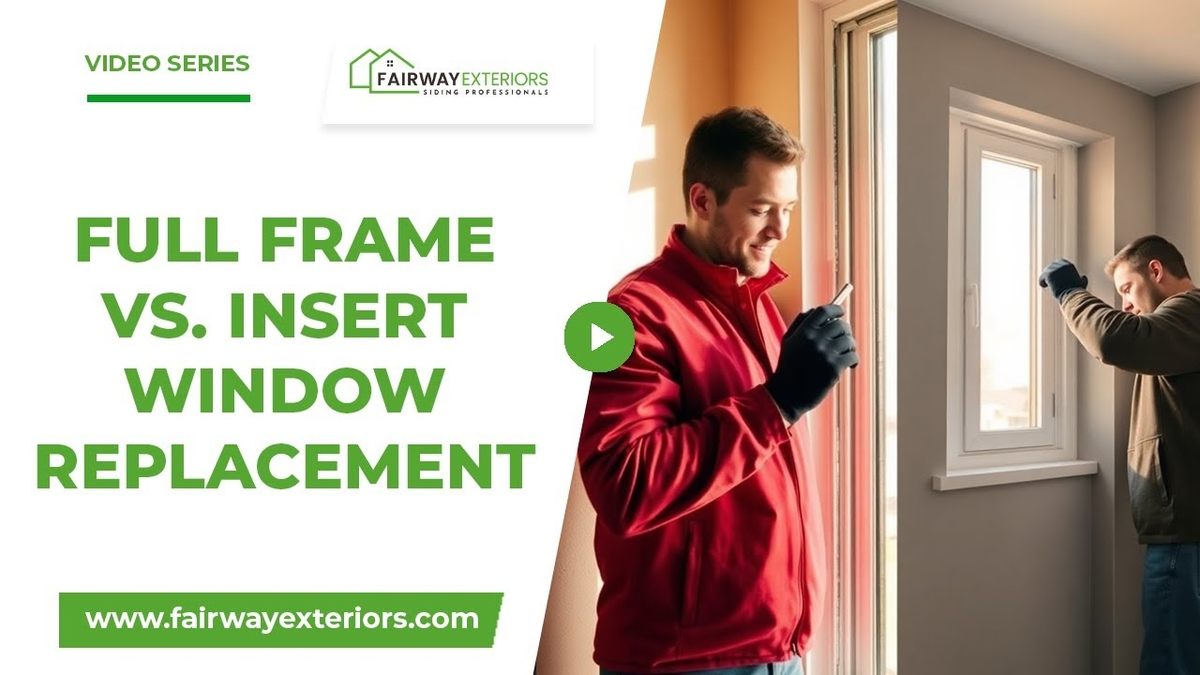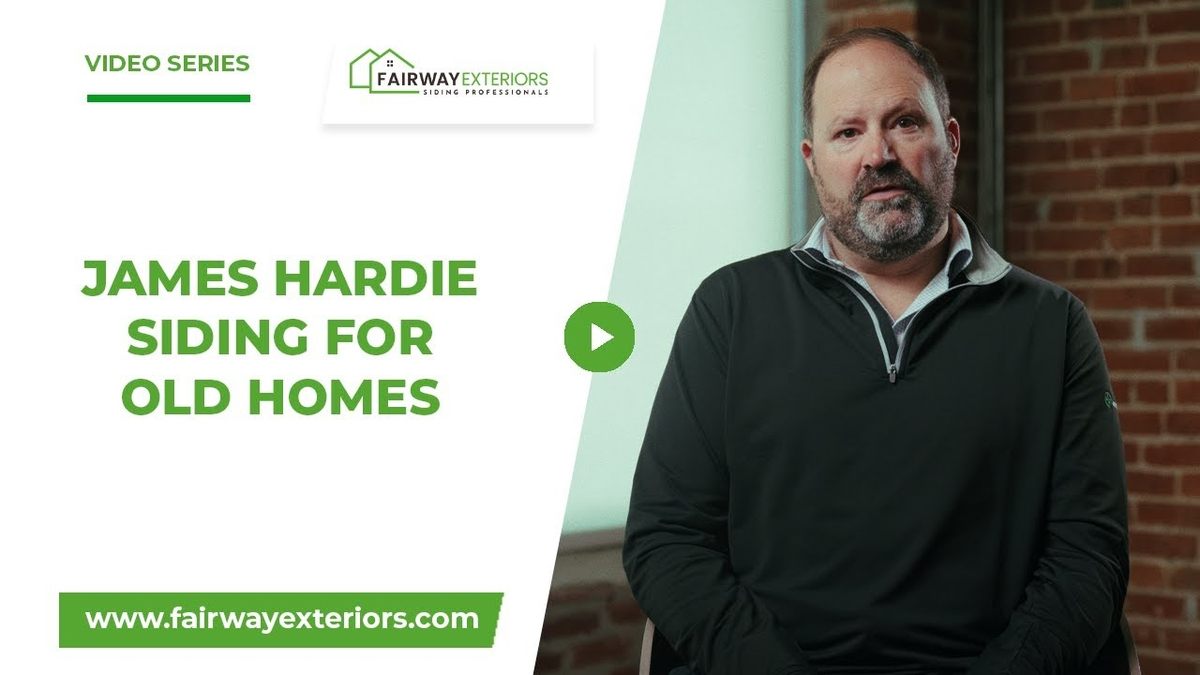If you have heard of fiber cement siding, you have heard of James Hardie. James Hardie invented fiber cement and it is almost exclusively all they do. And they do it very well.
They use the very best materials every single time and they stand behind their product. In fact, they stand behind their product for the next 30 years after they install it, they are that sure.
What is Fiber Cement Siding?
Fiber cement is a heavy, durable type of siding made into planks, panels, or shingles. It can be made to look like many other types of siding people commonly use, like wood, stone, or brick.
This siding is made out of Portland cement, silica sand, cellulose fibers, and water. This formula creates a thick, long-lasting siding that lasts much longer than many other competitors like vinyl, steel and Masonite.
It was made to last a long time, stand up against various weather conditions, and is the proud invention of James Hardie. It is durable and can mimic many other materials.
James Hardie Fiber Cement Siding
James Hardie fiber cement siding is the best because they are the inventors of it. It is what they built their entire business on and they do not rest on their laurels. They spend over $30 million dollars on R&D to continuously improve the product. That’s why they can provide a non-prorated warranty for 30 years.
They never cut corners and use only the best ingredients every time they make fiber cement siding. Their sidings are used everywhere and are guaranteed to last for years. Over 1 in 5 new homes built in the United States are built and protected by James Hardie fiber cement and well ver 10,000 homes in Kansas City are protected by the product.
Resistant to The Elements
The siding on your home is there to protect your home from heat, cold, and wet weather conditions. But what’s protecting your siding? Unlike many other types of siding, fiber cement siding won’t get damp or moldy, won’t get damaged from hail, and won’t crack or chip from the cold.
Fire Resistant
One of the biggest benefits of fiber cement is that it won’t catch on fire. Wood siding is highly flammable, and materials like vinyl will melt under the extreme heat of a fire.
It can’t catch fire or contribute to one. It doesn’t contain any flammable elements or materials. If a fire is burning near it, the damage will be minimal to the surface of the siding.
Pest-Free
You don’t have to worry about pests like ants, wasps, termites, and other types of bugs that like to eat or set up nests in certain siding materials. There is nothing for them to eat and the fiber cement makes it difficult for them to penetrate the boards. Another key benefit is that it is woodpecker proof!
Low Maintenance
Once installed, your James Hardie fiber cement siding will mostly take care of itself. A good cleaning with the garden hose should be enough to keep your siding looking great.
There is no worry of cracking, peeling or chipping paint, as their ColorPlus technology takes care of that. You don’t need to worry about it getting damp, moldy, warping, or cracking, even during extreme temperatures.
James Hardie specifically designs products that are built for their climate. This means James Hardie siding is made for Kansas City’s Midwest climate. Intense heat and sun bears down over the summer, freezing temperatures in the winter and wild weather swings in the spring and fall.
Fiber Cement Siding
Whether you are building a new home or looking for new siding on an old one, contact us here at Fairway Exteriors. We are Kansas City’s foremost expert on James Hardie Siding. Our team has trained hundreds of companies around the country on installation best practices.
If you need help or even just an inspection, we are happy to help. Our number one rated Kansas City James Hardie Siding contractors will help you transform your home’s exterior. Contact us today.

